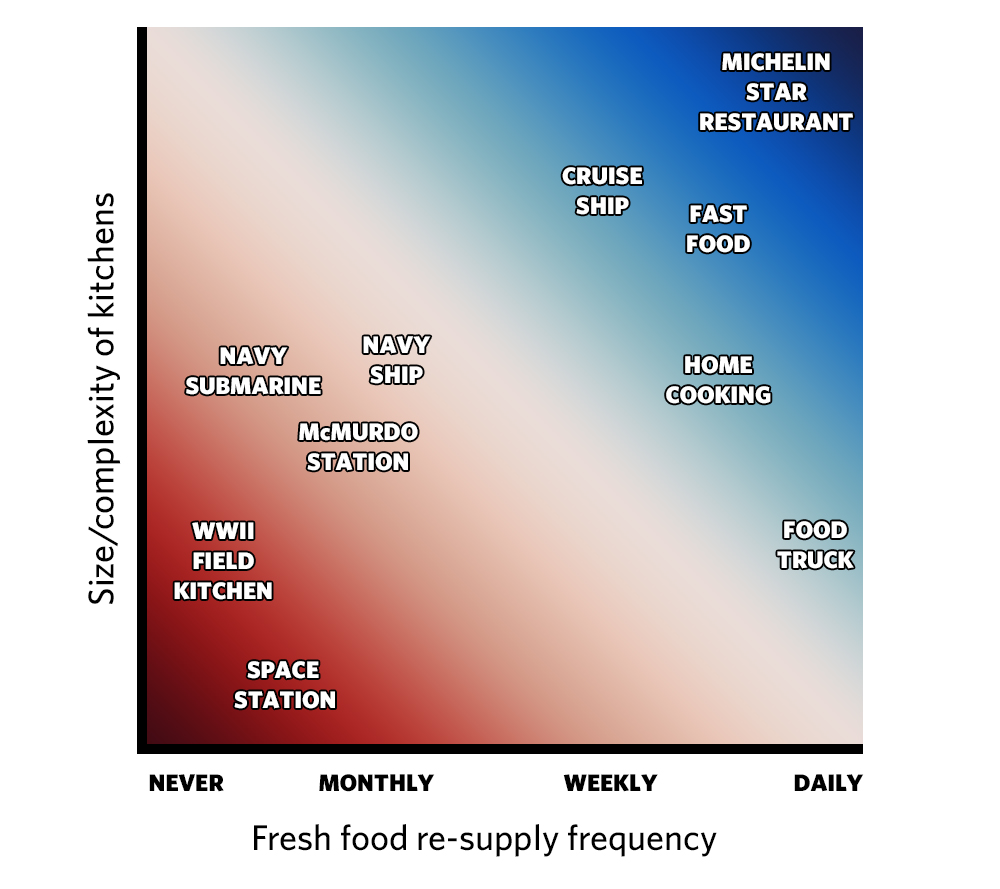
The International Space Elevator Consortium (ISEC) has just published a position paper on the technology readiness of this alternative to launch vehicles subject to the constraints of the rocket equation. Recent advances in material science of single crystal graphene and other alternatives show potential for fabrication of tethers long enough and with the required strength to enable space elevators by the late 2030s. The authors present a case that the demand for launching enough mass to support ESA’s Moon Village, space based solar power and Elon Musk’s vision for Mars colonies far exceeds projected conventional rocket capabilities. Space elevators could fill this need while being better for the environment.











